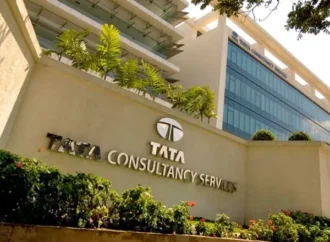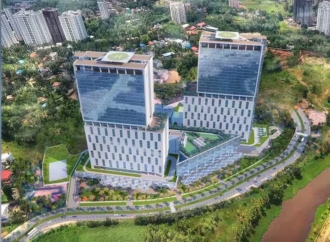India’s office space leasing market defies global trends, with a 16% growth in 2024, driven by demand from the IT sector and global capability centres. Affordable rents, a skilled workforce, and urbanisation make India a top destination for multinational companies. The broader real estate sector is also thriving despite challenges.
India’s office leasing market continues to buck global trends, showing steady growth even as significant international cities experience rent declines. A report by workplace solutions firm Vestian reveals that office rents in India rose by 3.8% to 8.2% year-on-year in 2024 as demand surged despite the global downturn. The country’s office leasing activity reached a record 70.7 million square feet, registering a remarkable 16% growth from the previous year.
The growth is primarily driven by strong information technology and demand from global capability centres (GCCs). As remote work remains prevalent post-COVID, India’s unique advantage lies in its affordability, with office rentals often priced below $1 per square foot in cities like Pune, Hyderabad, and Chennai. These cost-effective options continue to attract multinational corporations seeking expansion opportunities in a rapidly developing economy.
India’s office space market stands out globally, with only a few Western cities like London and Miami showing similar growth. While international markets grapple with rising vacancy rates and shifts towards flexible work arrangements, India’s expanding urbanisation, skilled workforce, and cost advantages make it a prime destination for businesses. “The country’s large, young, and tech-savvy workforce offers significant appeal for global firms,” the report notes.
The broader Indian real estate sector is also experiencing a boom. Valued at $493 billion, it accounts for 7.3% of the nation’s GDP and is projected to grow substantially in the coming decades. The sector’s diversity, including residential, commercial, logistics, and data centre segments, fuels its strength. As the second-largest employment generator, real estate’s role in the economy is undeniable, contributing significantly to employment and economic output.
While residential markets have shifted towards high-value homes, with demand for properties over Rs 1 crore rising, commercial real estate is adapting to hybrid work trends. Developers integrate sustainability features and innovative technologies to appeal to environmentally conscious tenants. Retail real estate is also thriving, driven by “revenge shopping” and a focus on experiential formats, with Tier-2 and Tier-3 cities emerging as key growth areas.
However, challenges persist in the investment climate. While interest in real estate has surged, securing affordable financing remains a critical issue for developers and homebuyers. Developers face hurdles in land acquisition financing, often turning to high-cost alternatives like Alternative Investment Funds (AIFs) and private equity. To sustain growth, industry experts suggest policy reforms that could reduce transaction costs and improve access to credit for developers and homebuyers.
Looking ahead, India’s real estate sector faces potential risks from external economic factors, such as global downturns or rising inflation. However, most stakeholders remain optimistic about the market’s resilience, with government support as key to sustaining momentum. India’s real estate sector remains a beacon of growth, offering affordability, scale, and promise in an uncertain global market.























